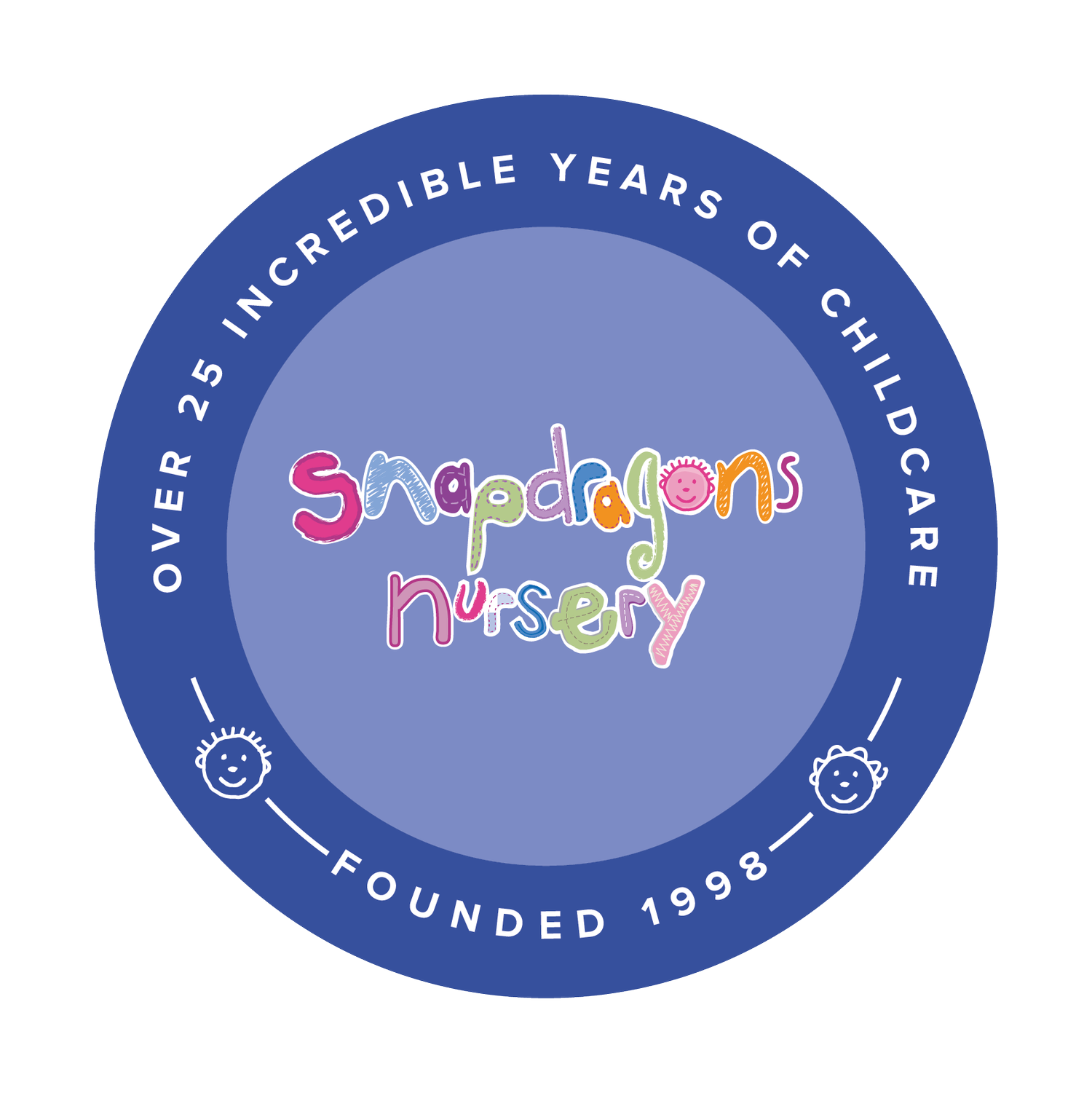Can you hear that sound? Chirp Chirp
At the weekend I witnessed my first Starling murmuration. The sun was setting, and it was quite honestly the most beautiful spectacle of nature I have ever witnessed, it gave me goosebumps all over.
During the winter months Starlings flock together at dusk to roost. . They gather over their roosting site as they perform their stunts before settling down to roost for the night. This involves thousands of birds all swooping in unison ducking and diving around the sky, like a little dance.
It isn’t totally proven why Starlings perform such a show but a number of theories behind it are:
safety in numbers is key to avoiding predators that find it hard to pick out one bird umongst thousands.
they roost together to stay warm and safe, and once together they pass on important feeding information, sharing the best spots to feast in the winter months.
the dancing is a siren to other Starlings, letting them know where the roosting spot is for the night.
Now how clever is that, so that brings me onto my next point…
I FELT INSPIRED..
After watching the beautiful Starlings I found myself stopping and taking a second to listen to the birds that were around me. The simple tweets, chirps, chatter, cuckoo, quack from beyond made me want to bring them into the garden, to make the birds seen and not just heard. The Broadwood nursery have a number of beautiful trees in the garden, a perfect place to hang bird feeders so that the children can watch from a far.
Our task was to create feeders that the birds can depend on for their breakfast, lunch and dinner, after all we want these birds to keep coming back. This task is no mean feat, we wanted to design a number of different feeders and to create a continuous abundance of food that we keep on topping up, and after all the hard work we can just sit back and relax, listen and watch. (Talk about the process)
SO WHAT DO YOU THINK
Homemade fat ball recipe:
Porridge oats - (one cup)
Raisins - (one cup)
Sunflower hearts - (one cup)
Grated cheese - (one cup)
Coconut oil - melt slightly and add enough to coat the hard ingredients.
Use a mixing bowl and wooden and MIX.
Once the mix is combined you have many options and versions of feeders (birds aren’t too fussy). You can buy a few variations from the shops: some of which require fat balls to be formed or just spread it onto a flat surface. During our Forest Achool session we experiments, we made vertical feeders and horizontal feeders, the aim was let’s just experiment, they we can sit back and see what the birds were happiest with.

